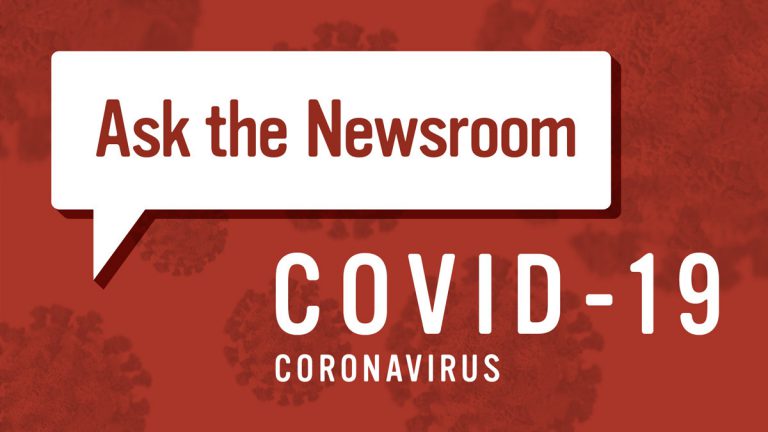The Illinois Newsroom team is answering questions from listeners to navigate this unprecedented time. Have a question you want answered? Ask here.
In today’s edition of “Ask the Newsroom,” we’ve answered questions about services and activities reopened in Phase 3 of the Restore Illinois plan, as well as what to expect moving forward.
Please note, the information is accurate as of June 5, 2020.
Local governments
Q: Will local governments be able to continue to hold their meetings via Zoom when the governor’s order ends?
No. Gov. J.B. Pritzker signed Executive Order 2020-39, which extended the suspension of provisions of the Open Meetings Act (which is what allows local governments to meet remotely through services like Zoom).
This means that local governments could continue to meet remotely until June 27, which is the final day of Governor Pritzker’s statewide disaster declaration, or when Senate Bill 2135 passes, whichever occurs first. Soon after, meetings will have to take place in-person again. However, this could be subject to change.
Length of quarantine
Q: When is the last day of quarantine?
As of June 5, there is no set date on when quarantine will end. Instead, the state is taking steps to slowly reopen the state at full capacity.
Gov. Pritzker is determining the end of quarantine through his Restore Illinois plan, which is made up of five phases. Each phase removes specific limitations put in place from the stay-at-home order. Phase 1 is the most restrictive, while Phase 5 is the least restrictive and marks the end of the stay-at-home order completely.
Illinois entered Phase 3 of the Restore Illinois Plan on May 29. Gov. Pritzker says the earliest a state region can get to Phase 4 is June 26. In order for Illinois to make the leap from Phase 4 to Phase 5, either a vaccine or treatment has to have become widely available, or herd immunity or other factors eliminates new cases.
Phase 5 may not come for some time. However, Phases 3 and 4 already allow for more activities and services to become available to the public again, just at a limited capacity.
Banquet and event centers
Q: When will banquet centers be allowed to reopen for conferences, weddings, etc.?
All four regions of the state are currently in Phase 3 of Gov. Pritzker’s Restore Illinois plan, which is designed to slowly reopen the Illinois economy as the number of COVID-19 cases decline. Under Phase 3, social gatherings of 10 people or less can occur and restaurants (which include banquet centers) can operate for carry-out or delivery, but not consumption on sight. Currently, most conferences and weddings are still affected by the social gathering limitation and cannot occur.
When a state region upgrades to Phase 4, social gatherings of 50 people or less will be permitted, and restaurants can resume normal operations at a limited capacity. This will provide a bigger window of opportunity for weddings and conferences, but Phase 4 still requires a limit of 50 people or less for gatherings. The earliest a state region can reach Phase 4 is June 26.
Banquet halls can restore regular operations in Phase 5, which can only occur if a vaccine becomes widely available, or if no more cases occur as a result of herd immunity or other factors.
COVID-19 outbreaks at restaurants
Q: How can I find out which restaurants are experiencing COVID-19 outbreaks?
We took this question to Champaign-Urbana Public Health District Administrator Julie Pryde. She says CU Public Health isn’t disclosing information about where COVID-19 outbreaks are occurring at this time.
The main issue is the concern that local businesses will be negatively impacted by something that is no longer a public health concern.
“It could hurt businesses unnecessarily,” she says.
Pryde says public health officials immediately step in once there’s a confirmed COVID-19 case, and instruct that person to isolate.
Those who’ve been exposed are contacted and instructed to get tested and quarantine until they receive their results. If additional people are found to be infected, the contact tracing process begins all over again, with public health workers reaching out to identify who else may have been exposed.
She says the reason why nursing home outbreaks become public knowledge is because long-term care facilities are required to notify family members of residents about outbreaks — and that information gets shared with the media.
Pryde says they do report locations for outbreaks of airborne diseases like measles that can linger in the air for hours, as opposed to COVID-19, which she says spreads through close contact — less than six feet — over a period of at least 10 minutes.
But Pryde says she will look into making information about outbreaks at local businesses public.
“We are discussing,” she said in a text message this week seeking an update.

